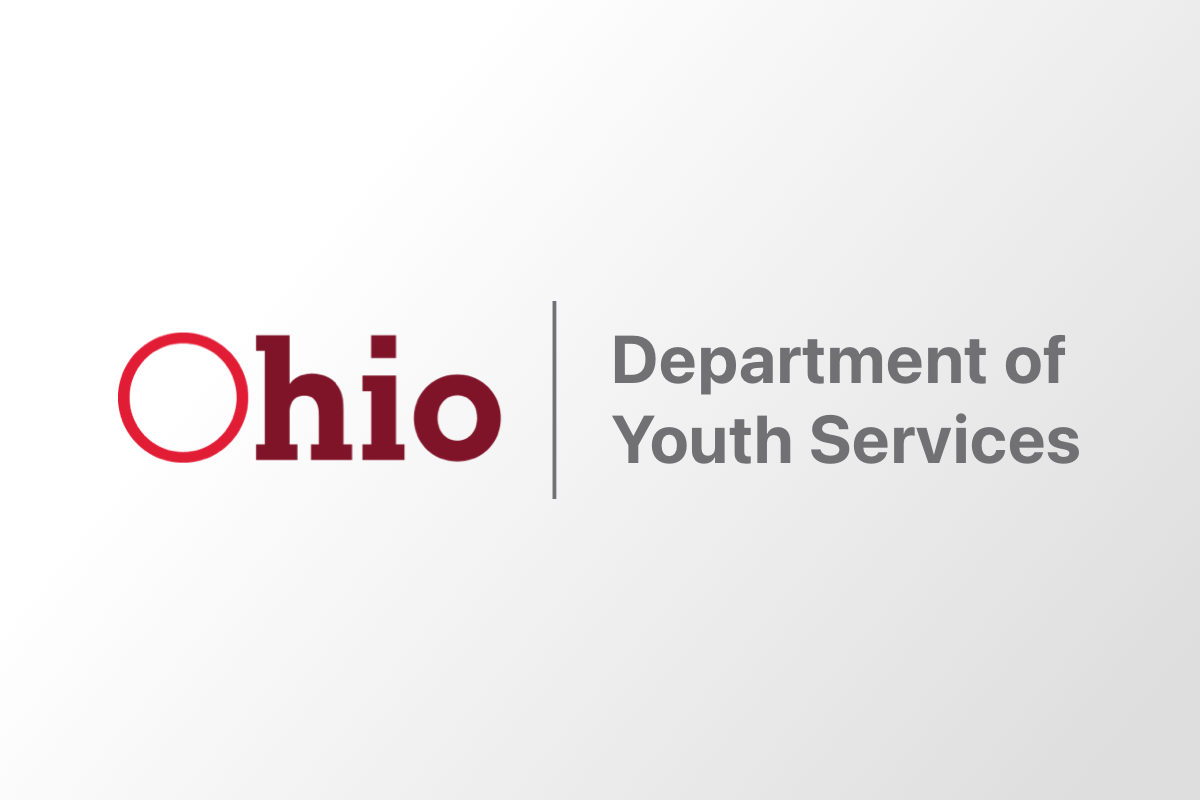DYS

The Ohio Department of Youth Services (DYS) is the youth prison system for all of Ohio. If a child is convicted of a felony, even if they are tried as an adult, they go to DYS. Every DYS location is first, and foremost, a school, making it the largest school system in the state of Ohio. For the sake of this case study, I will refer to these youth as students. The students at DYS are provided with counseling, and other programs to support their education. They are often required to graduate high school as a term for release, and if their sentence goes beyond the end of high school, they are then transferred to the adult prison system at the age of 21.
How Did We Get Here?
In 2008, DYS was sued by the Justice Department on behalf of several families. They were not handling the youth in accordance with the policies required by the justice system. There are specific requirements and timelines that must be met, such as being seen by a release coordinator every six months, that were surpassing their deadlines by a significant amount of time or not happening at all. Not only were students not receiving the appropriate counsel, but they were often assigned stipulations for release. These stipulations were often simple things like sending a letter to the victim of their crime. At the time, DYS didn’t have an adequate tracking system and the stipulations were often lost or forgotten in the shuffle. That meant when it was time for release the student wouldn’t have met the required criteria and therefore wouldn’t be released.
The issue came down to a Frankenstein creation of old systems, all separate spreadsheets, and databases, hanging around with no one individual in charge of tracking the important deadlines. At the time, AWH (now Transform Labs) had been working with the Ohio Supreme Court and other legal entities, so when DYS made the request for assistance mitigating the lawsuit, Transform Labs was chosen for their experience and expertise in the field. Transform Labs became the outside arbitrator tasked with remediating the lawsuit.

The Solution
The project began with three months of investigative work to find out what was intentional, unintentional, and what needed to be done to correct the problem. Once the investigation was complete Transform Labs sent in a team of architects, developers and product managers to develop the Juvenile Justice Case Management System (JJCMS). They decided to build a module system to better handle the many moving pieces and changes the system would have to handle over time.
Transform Labs began work with the risk assessment module which allowed their client, DYS, to better understand the risk level of each student. This assessment includes the crime the student committed that caused them to be sentenced to DYS, what their past crimes have been, and what kind of personal connections or even gang relations they may have. The system then provides DYS employees with a risk assessment score based on how much security attention that student requires. Transform Labs continued to build module after module until the lawsuit criteria were met. These included education modules, counseling modules, they even worked with the University of Cincinnati to include profiling. The system was also built to handle complex, and often, competing court orders and appeals that might suddenly change the student’s release requirements. It was also built as a modular system to handle changes and updates over time without breaking.
Current State of JJCMS
We continue to build out and maintain the JJCMS system. We work hand in hand with state employees and their leadership team to keep JJCMS updated and as effective as possible. Whether it’s adding new profiling data, counseling systems, education systems, or updating laws and policy changes. Our government is dynamic and constantly changing, along with the school curriculum and advances in psychology. JJCMS is built to adapt and evolve with these changes to continuously offer the students of DYS a better education, counseling, and ultimately a better chance of rehabilitation and release.